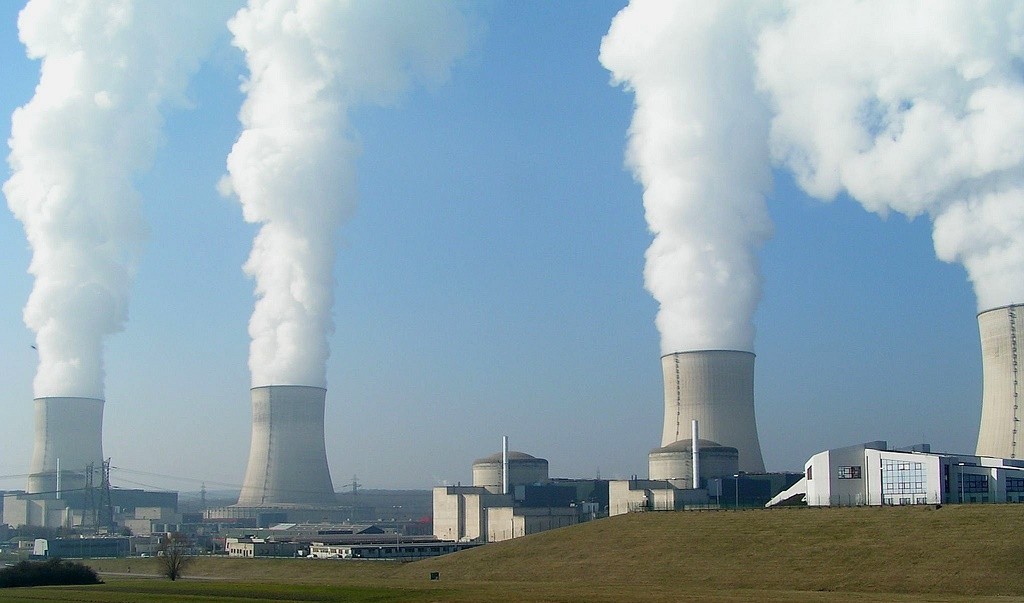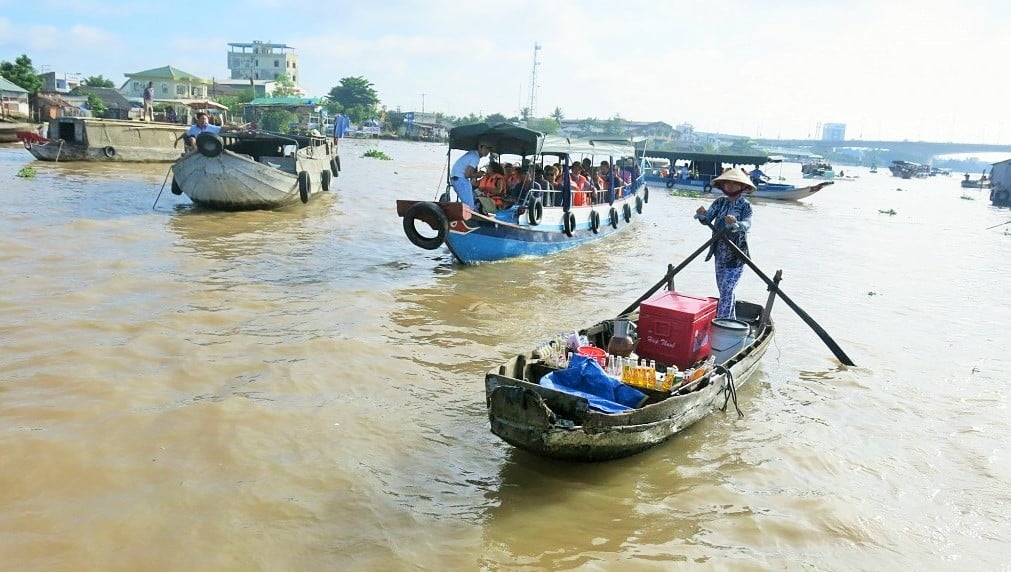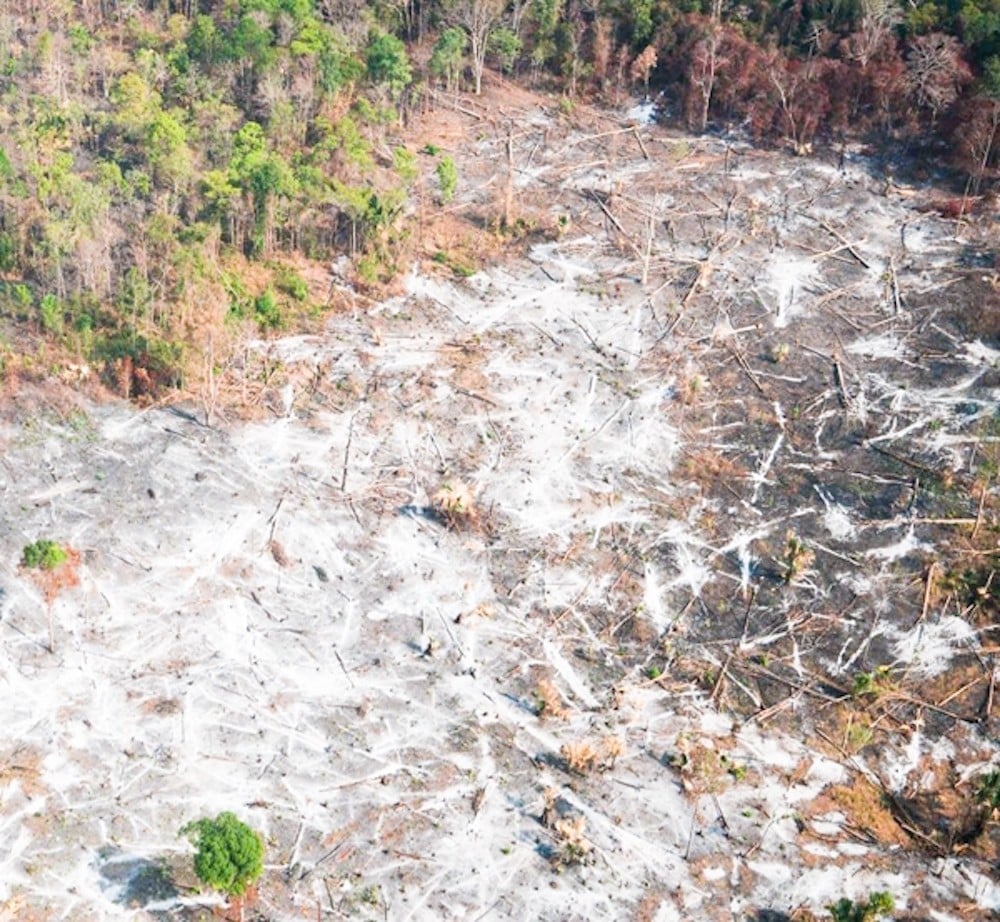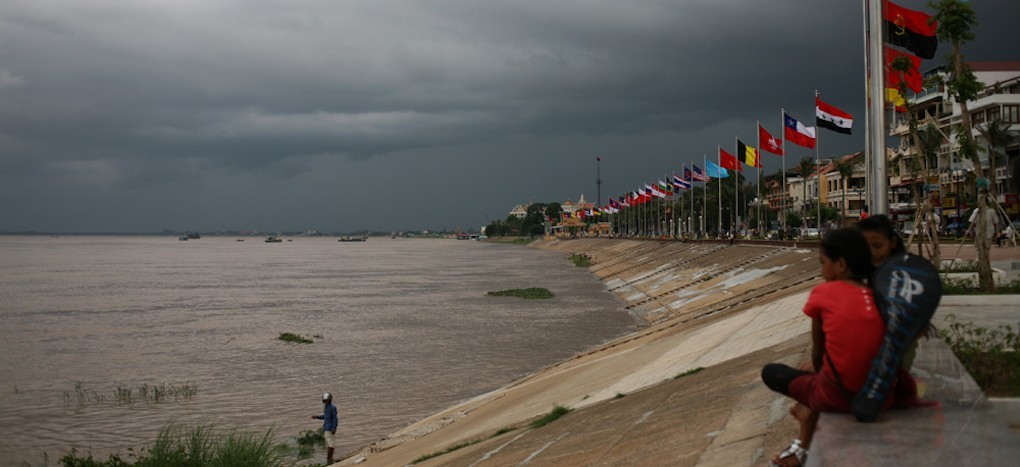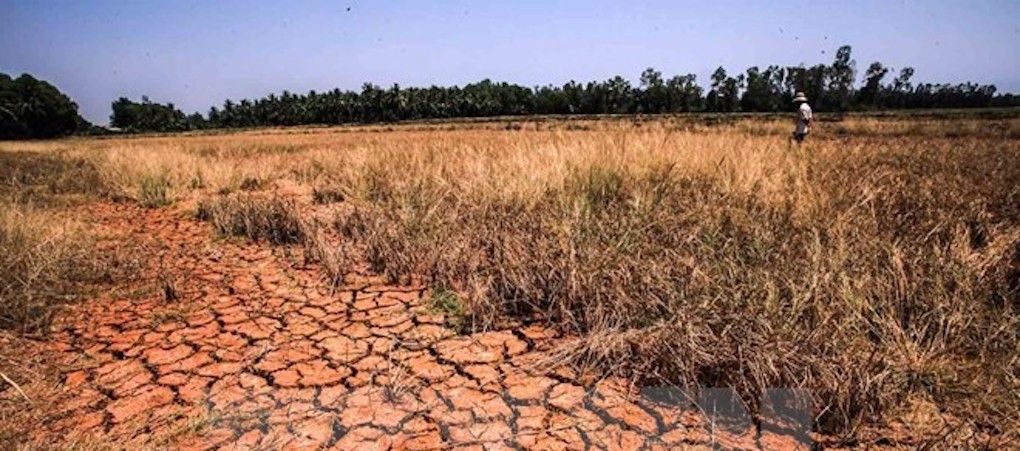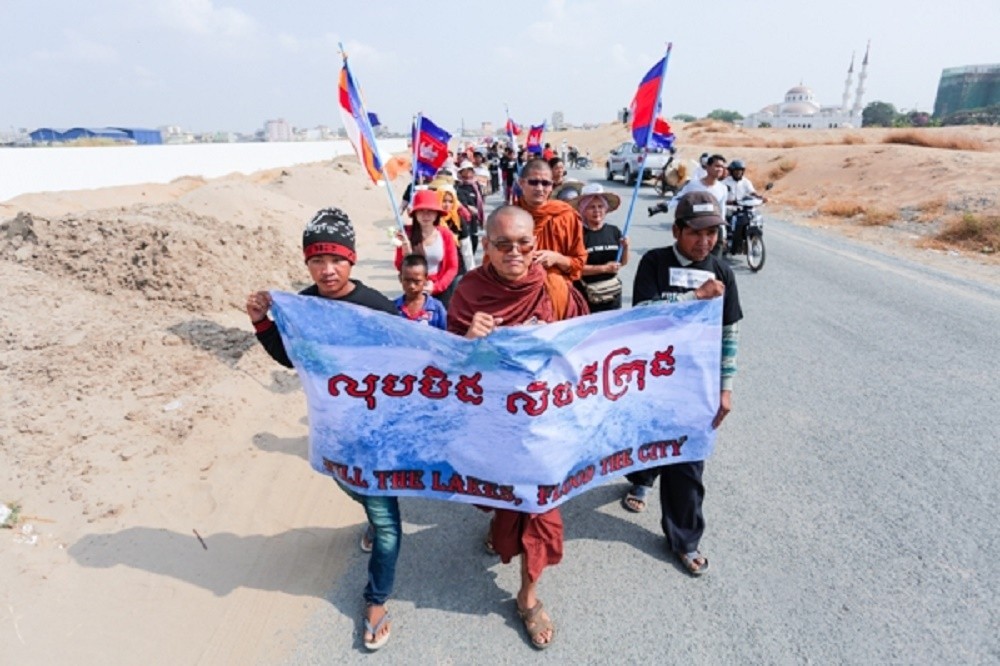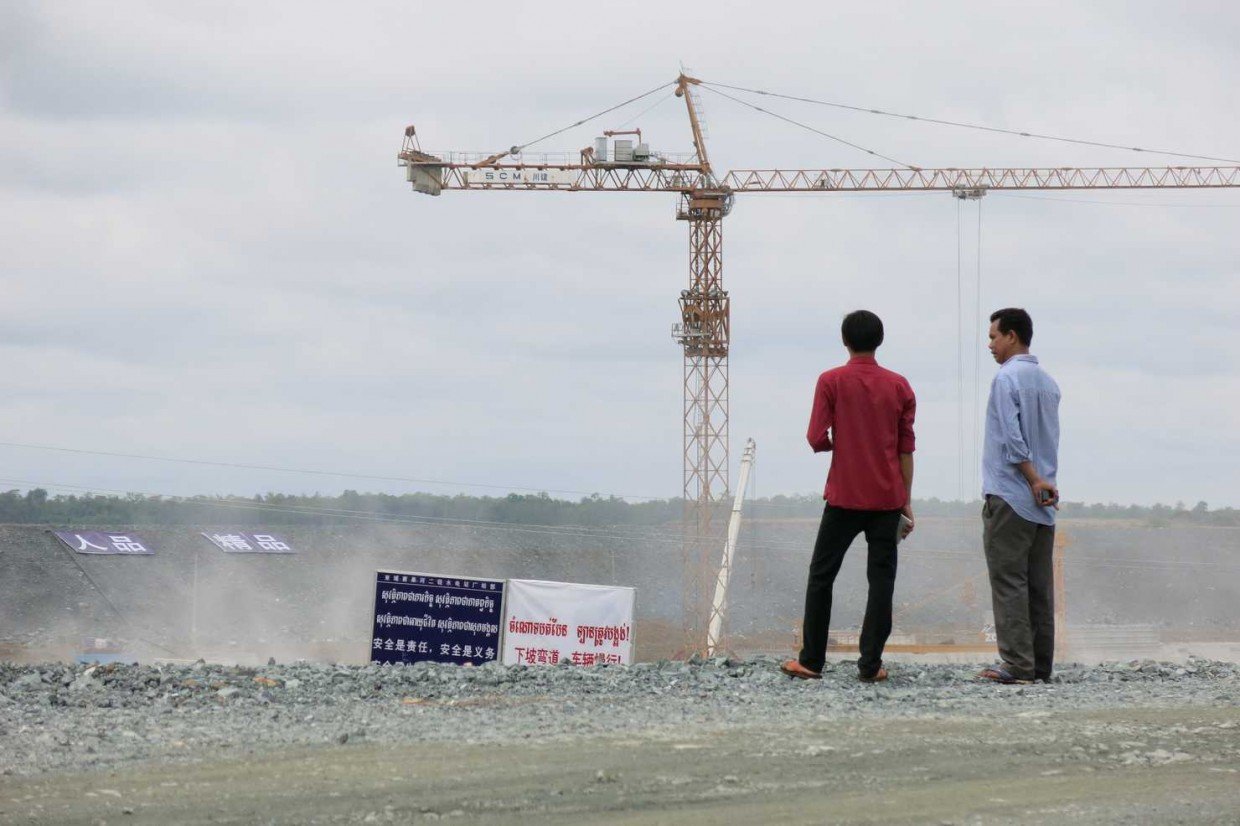The Cambodian government has stopped the public screening of a documentary about the life and struggle of Chut Wutty, an environmentalist who was killed in 2012 while exposing the activities of an illegal logging plantation.
Category: Cambodia
US Preps Cambodia for Nuclear Energy
The US Department of Energy (DOE) held a workshop on “Nuclear Safeguards and the Additional Protocol” at Phnom Penh’s Sunway Hotel yesterday, highlighting the need for more technical knowledge and greater information sharing on nuclear power in Cambodia.
The workshop comes on the heels of a visit by Russian Prime Minister Dmitry Medvedev last November, when the two countries signed a “memorandum on nuclear cooperation” that revealed the government’s efforts to obtain nuclear power with assistance from Russian experts.
Major Study Warns Planned Dams May Severely Harm Mekong Delta
A major new study warns that a planned cascade of hydropower dams along the Mekong River could cause “very high adverse effects on some of the key sectors and environmental resources in Cambodia and Viet Nam.”
Viet Nam’s Ministry of Natural Resources and Environment has just publicly released “Study on the Impacts of Mainstream Hydropower on the Mekong River”, also known as the “Delta Study.” The study used models to simulate various dam construction scenarios. And the results raise alarm bells for the over 60 million people who rely on the Mekong Delta for their livelihoods.
Prey Lang Protection Moves Forward
The Environment Minister said he would draw up a proposal to protect the remainder of Prey Lang’s roughly 300,000 hectares after flying over the area with the US Ambassador, NGOs and development partners yesterday.
Minister Say Sam Al said the announcement was a turning point for the government, calling on all development partners to cooperate with each other in order to reach an agreement.
“The size of the last forest was more than 300,000 hectares. Now it’s a good sign for us to make an agreement to make Prey Lang a protected area at once. It’s not an easy issue, it’s a difficult issue,” he said.
The minister added that he has been studying Prey Lang with local authorities and will organize a workshop in the next few days to discuss the proposal before sending a sub-decree to the Council of Ministers for approval. “What we did with the ambassador was preparing Prey Lang as a protected area.
Cambodian Forestry Campaigner Awarded 2016 Goldman Environmental Prize
Activist Ouch Leng has received international recognition for his work documenting illegal logging and land abuses in Cambodia over the past two decades.
The Goldman Environmental Foundation on Monday announced that Ouch Leng was among six grassroots campaigners from around the world to be awarded the 2016 Goldman Environmental Prize, which recognizes their efforts to protect the environment and means more financial support for their causes.
“It’s an honor for Cambodia and its people,” Ouch Leng told VOA Khmer after hearing about his award.
He dedicated the award to his countrymen who are fighting to preserve Cambodia’s remaining forests in the face of rampant illegal logging and damaging government policies.
Mekong Dams Not Cause of Drought
Prime Minister Hun Sen on Monday disputed the idea that water shortages along the Mekong River have been exacerbated by two massive hydropower dams being developed by Laos, saying the drought currently afflicting much of mainland Southeast Asia was caused only by “the sky.”
China to release more water to alleviate SE Asia drought
China will release more water from a dam in its southwestern province of Yunnan to help alleviate a drought in parts of Southeast Asia, China’s Foreign Ministry said on Tuesday, following an initial release begun last month.
Land Conflict Victims Call for a Stop to Lake Filling
Pav Suy More than 300 protesters from about 40 communities affected by land disputes throughout the country launched the Free the Lakes campaign yesterday, marching through the capital to the National Assembly accompanied by monks before submitting a petition to the governing body. The protesters gathered on a large swathe of sand-filled area that was […]
Dam-affected villagers make case to UN envoy
The UN special rapporteur for human rights in Cambodia met with Stung Treng Governor Mom Saroen yesterday to discuss the plight of ethnic minorities in the province affected by the Lower Sesan 2 dam project.
Special rapporteur Rhona Smith is in Cambodia on a 10-day visit focusing on women’s and indigenous people’s rights, and on Sunday met with villagers in Sesan district’s Kbal Romea commune.
According to indigenous rights activist Ngach Samin, who was at Sunday’s meeting, the villagers revealed a litany of complaints, primarily focused on their scheduled resettlement to make way for the Lower Sesan 2 dam.
Thailand’s transparency deficit: Haste makes waste on mega-projects
One of the country’s top bankers is stressing the need for faster action to transform Thailand into a hub for CLMV countries (Cambodia, Laos, Myanmar and Vietnam).
Kevin Tan, CEO of HSBC Thailand, was speaking during an interview on Vietnam’s increasing attractiveness to foreign investors. Vietnam’s gross domestic product grew a whopping 797 per cent between 1995 and 2014, from US$20.74 billion to $186.2 billion. Thailand’s GDP growth was sluggish in comparison, rising from $169.28 billion to $404.8 billion over the same period.
And with big names like Intel, Apple and Samsung now showing interest in Vietnam, it seems the times are against Thailand.



